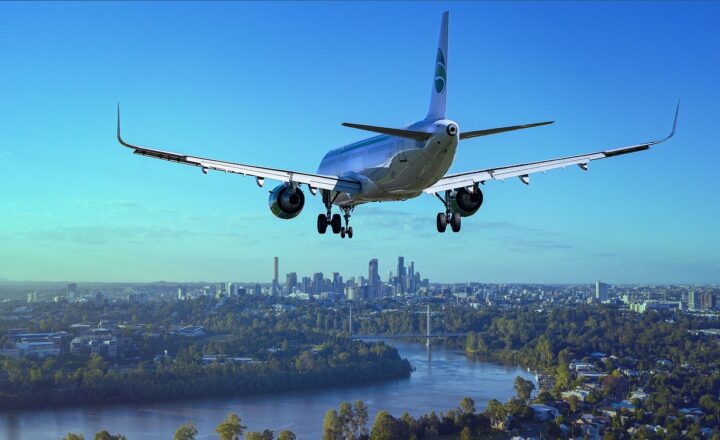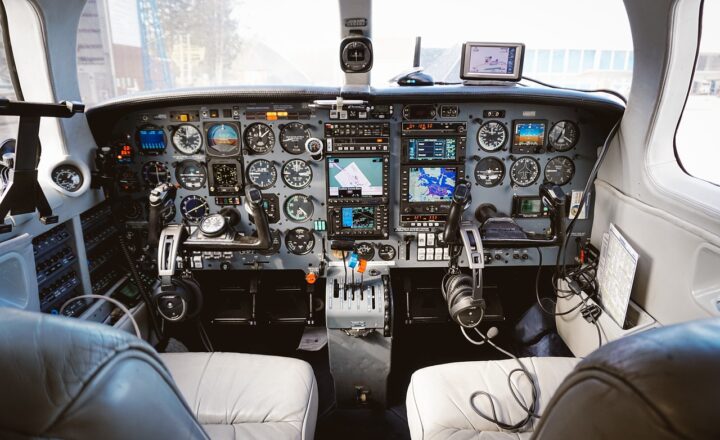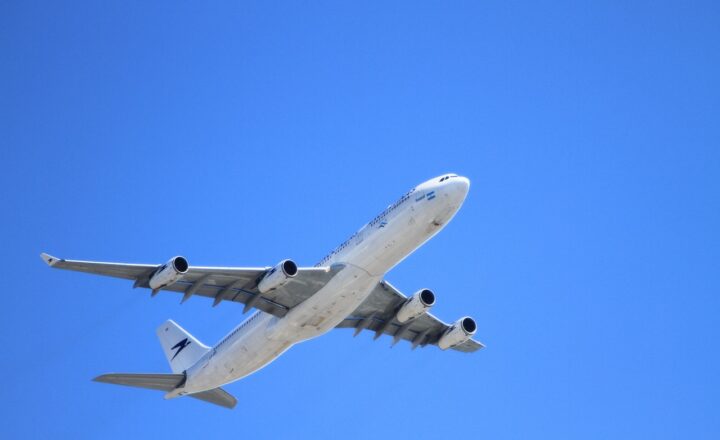The Unsung Heroes of Aviation: Celebrating Women Who Shaped Flight History
November 17, 2024

Aviation is often viewed through the lenses of notable male pioneers like Charles Lindbergh and Amelia Earhart. Yet, throughout history, countless women have made significant contributions to aviation, often overlooked and underappreciated. In this article, we explore the remarkable stories of these women who broke barriers, challenged societal norms, and played crucial roles in shaping the aviation industry as we know it.
1. The Early Aviators: Pioneers of the Sky
Before the 20th century, the notion of women flying was almost unfathomable. Yet, women like Harriet Quimby and Bessie Coleman emerged at the forefront of aviation when it was still in its infancy.
– **Harriet Quimby** was the first woman in the United States to earn a pilot’s license in 1911. Known for her daring aerial maneuvers and a distinctive purple flying suit, Quimby became a media sensation. She flew across the English Channel in 1912, becoming the first woman to do so, yet her legacy is often overshadowed by her male counterparts.
– **Bessie Coleman** faced racial and gender discrimination in her pursuit of flying. Undeterred, she became the first African American woman to earn a pilot’s license in 1921 by traveling to France to obtain her certification. Coleman was heavily involved in advocating for racial equality in aviation, and she inspired generations of aviators to follow their dreams regardless of the challenges they faced.
These women led the way for reproductive rights and gender equality in various aspects of society, showcasing the strength and resolve of women trailblazers in a male-dominated field.
2. Women in World War II: The WASP Program
The World War II effort saw women taking on unprecedented roles, especially in aviation. The Women Airforce Service Pilots (WASP) program was established in 1943, allowing women pilots to assist with essential flight missions. Over 1,000 women answered the call, flying military aircraft across the country and serving in various capacities.
Among them was **Jacqueline Cochran**, a leading figure in the formation of the WASP program. A highly accomplished pilot herself, Cochran paved the way for women to excel in aviation during wartime, and her leadership secured substantial military support for female pilots.
– The contributions of these pilots were monumental. They took on roles such as test pilots, ferry pilots, and instructors, freeing male pilots to engage in combat. Despite their sacrifices, the WASP program was disbanded after the war, and the pilots received no military status until 1977.
Their bravery and commitment during one of history’s most volatile times demonstrate the critical role women have played in aviation wartime efforts.
3. Trailblazers in Aviation Engineering and Design
While many women gained fame as pilots, others contributed behind the scenes in engineering and design.
– **Raymonde de Laroche**, a French aviation pioneer, was the world’s first licensed female pilot. Laroche also participated in aircraft development, contributing to the advancement of biplanes during her time.
– In the realm of engineering, women like **Emily Howell Warner** broke barriers by becoming the first female pilot for a major American airline, furthering the role of women in commercial aviation. Warner also became a renowned flight instructor, cementing her legacy as a trailblazer.
These women’s contributions remind us that they are not only piloting the planes but also engineering and designing them, fostering the evolution of aviation technology.
4. The Space Race and Beyond
The space race opened new avenues for women in aviation. While the likes of **Valentina Tereshkova**, the first woman in space, became icons in her own right, several lesser-known figures made vital contributions.
– **Sally Ride** became the first American woman in space in 1983, serving as a mission specialist on the Space Shuttle Challenger. Her achievements inspired countless women to pursue careers in STEM fields, proving that the skies were truly the limit.
– **Nancy Grace Roman**, often referred to as the “Mother of Hubble,” was an astronomer and the first chief of astronomy at NASA. Her work was instrumental in the conception of the Hubble Space Telescope, proving that women could lead groundbreaking advancements in both aviation and exploration.
These women’s legacies hold the critical significance of encouraging future generations to engage within the aerospace sector, pushing boundaries and paving the way for others.
5. Today’s Leaders in Aviation
Modern aviation continues to be shaped by women who hold crucial roles in airlines, regulatory bodies, and engineering firms.
– **Barbara Holder** was the first African-American female to pilot for a major airline, and she currently serves as a mentor and advocate for women in aviation.
– **Brenna McClain**, an emerging leader in aviation technology and innovation, aims to spark interest in aerospace careers among young women, engaging them in STEM programs.
These contemporary role models illustrate that the push towards inclusivity and diversity in aviation continues, inspiring the next generation of female aviators, engineers, and leaders.
Conclusion: A Call to Celebrate Women in Aviation
The history of aviation is replete with the extraordinary achievements of women. From the daring early aviators to the trailblazers of today, their contributions have been pivotal in shaping the aviation landscape. Though often overlooked, the stories of females in aviation inspire us to honor their legacy and strive for further equality and inclusion within the field.
As we look to the future, it is essential to recognize these unsung heroes and ensure that their contributions are celebrated and remembered. Through education, advocacy, and representation, we can work towards a more inclusive aviation industry where both men and women are equally recognized and supported in their pursuit of flight.






